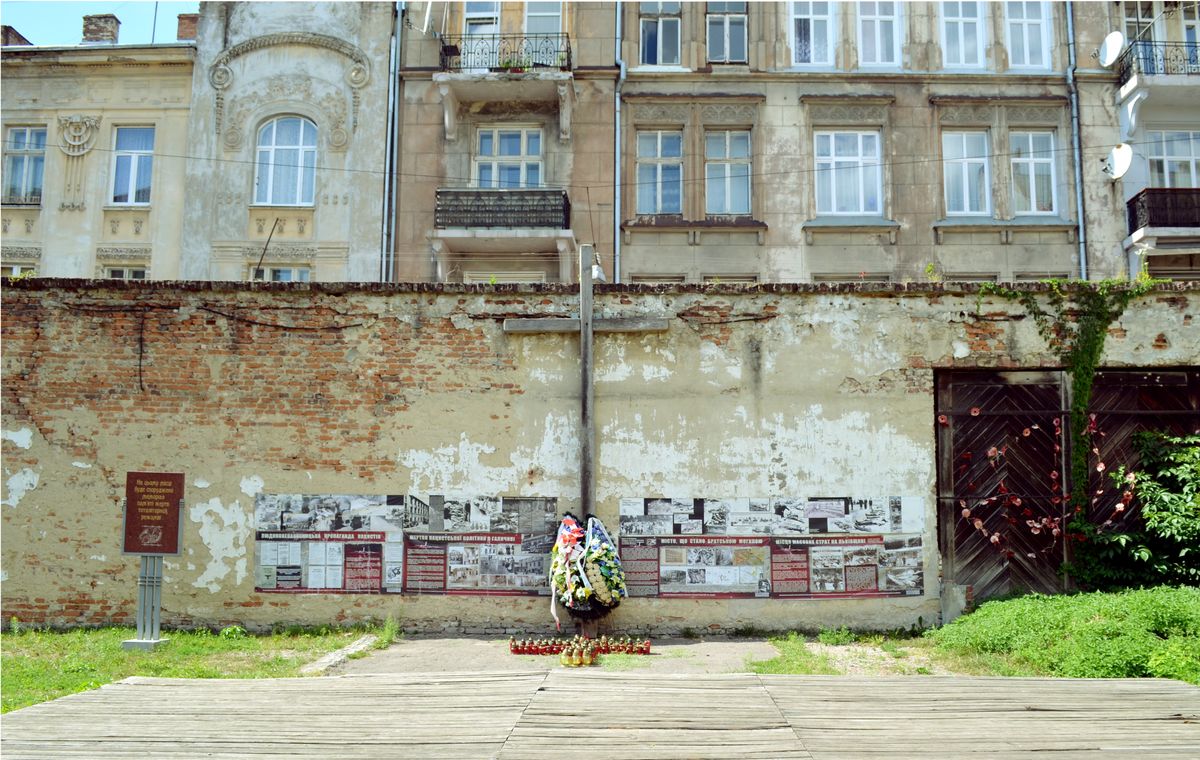About
Also known as the National Museum-Memorial of Victims of the Occupation Regimes, this building was once a detention center used to house political prisoners. It was utilized as a prison until 1996.
This dark place is now a museum that tells the stories of the bloody occupation by Nazi Germany, and the atrocities committed later by Soviet forces in Lviv. It's a must-visit to understand the history of this storied city. The museum is located on the site of a prison that was used at various times by the Astro-Hungarian gendarmerie, the Polish political police, and the police forces of the Soviet Union.
As far back as the Middle Ages, the area that makes up modern Ukraine has been fragmented, contested, and occupied by a number of different powers. As World War I was ending, a conflict emerged between Poland and Ukraine that led to Polish occupation of Lviv. As Soviet power was established in the 1920s, Ukraine became part of the Soviet Union. During World War II, parts of Ukraine were occupied during Nazi invasion of the Soviet Union. After the war, it took years for Ukraine to recover. In 1991, the country gained independence after the dissolution of the Soviet Union.
Exhibits throughout the museum highlight the generations of Ukraine's struggle for independence and acts as a memorial to all those that perished engaging in the decades of conflict.
It's not a very big museum and is one of the less-visited sites around the city. However, it's an impressive place to visit and takes guests through the single cells that were once occupied by prisoners, the office of the police, and the vast courtyard where many prisoners were executed near the wall.
There are many individual histories written along a few panels on the walls of the prison, mainly in Russian, with some English translations. There are also images of young soldiers in the war fighting against Russia for the eastern part of Ukraine.
The museum is located on Łącki Street and is often known as the Prison on Łącki Street. The street is named after Eliasz Łącki, a polish war hero from the 17th century.
Related Tags
Know Before You Go
Many travelers contact the Facebook page of the museum before visiting to find the hours of operation.
Published
April 10, 2020




























